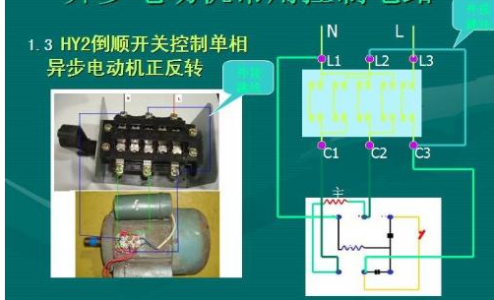- Joined
- Feb 2, 2013
- Messages
- 3,961
the westinghouse 316P is not a capacitor start or a capacitor run motor.
safety switches break the neutral leg on many pieces of equipment.
you aren't shutting off the equipment merely reversing direction, disconnect is done by the equipment's start/stop switch
safety switches break the neutral leg on many pieces of equipment.
you aren't shutting off the equipment merely reversing direction, disconnect is done by the equipment's start/stop switch

